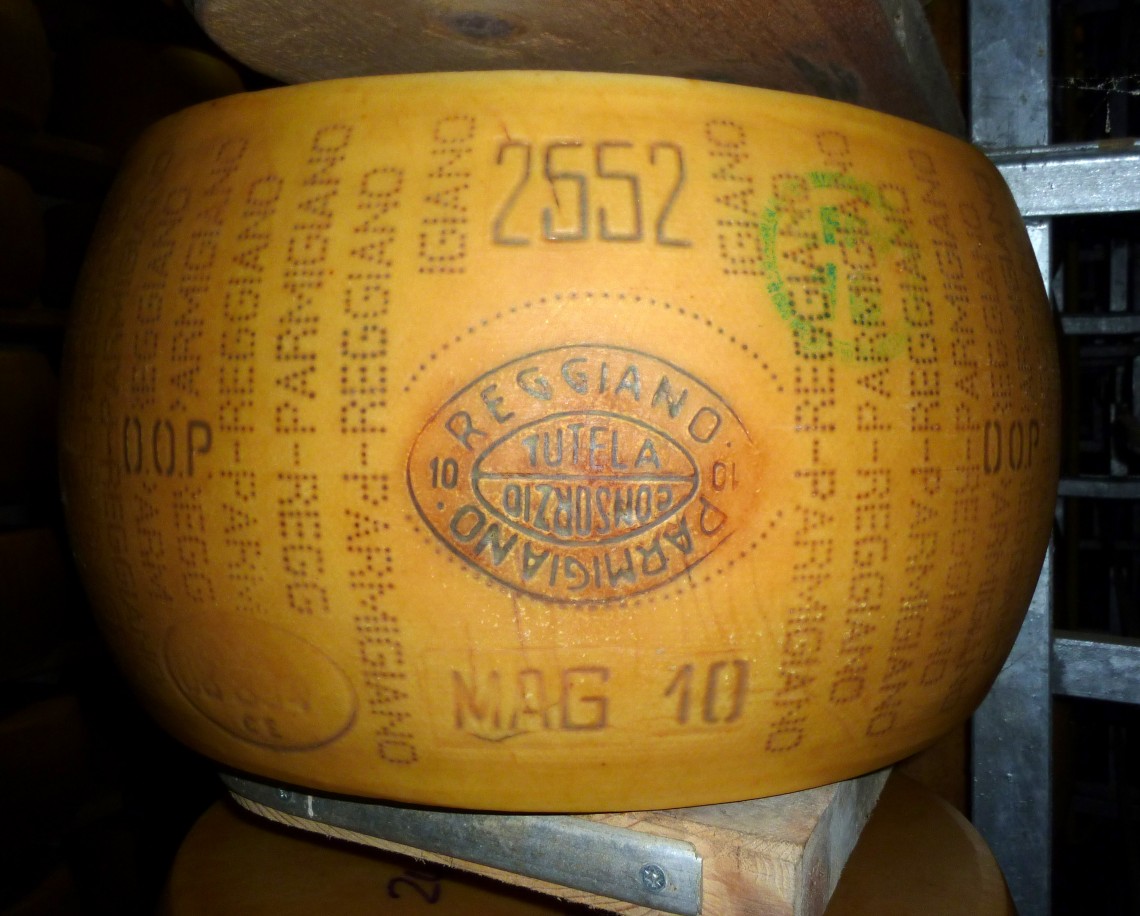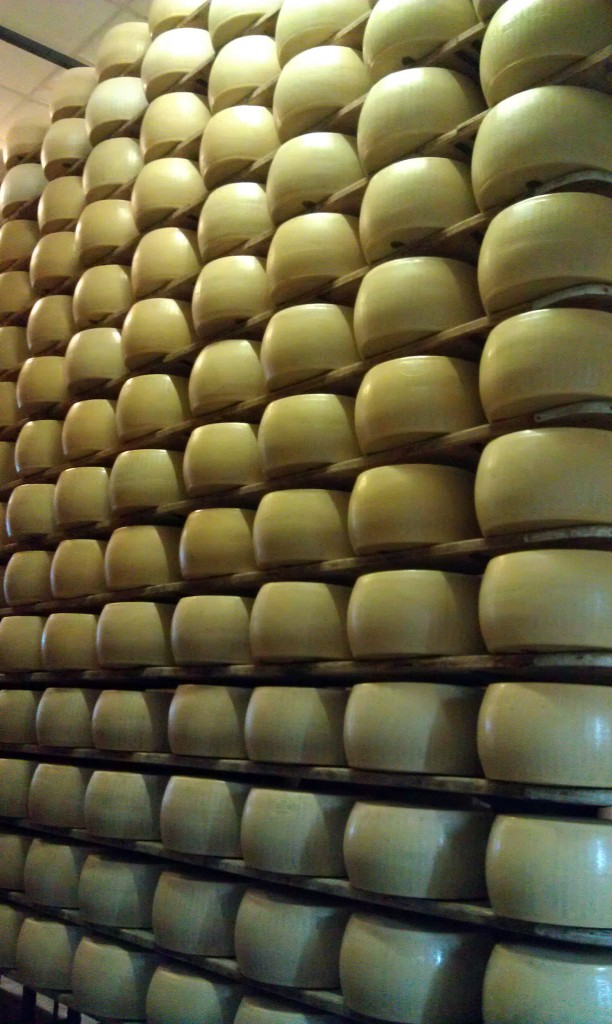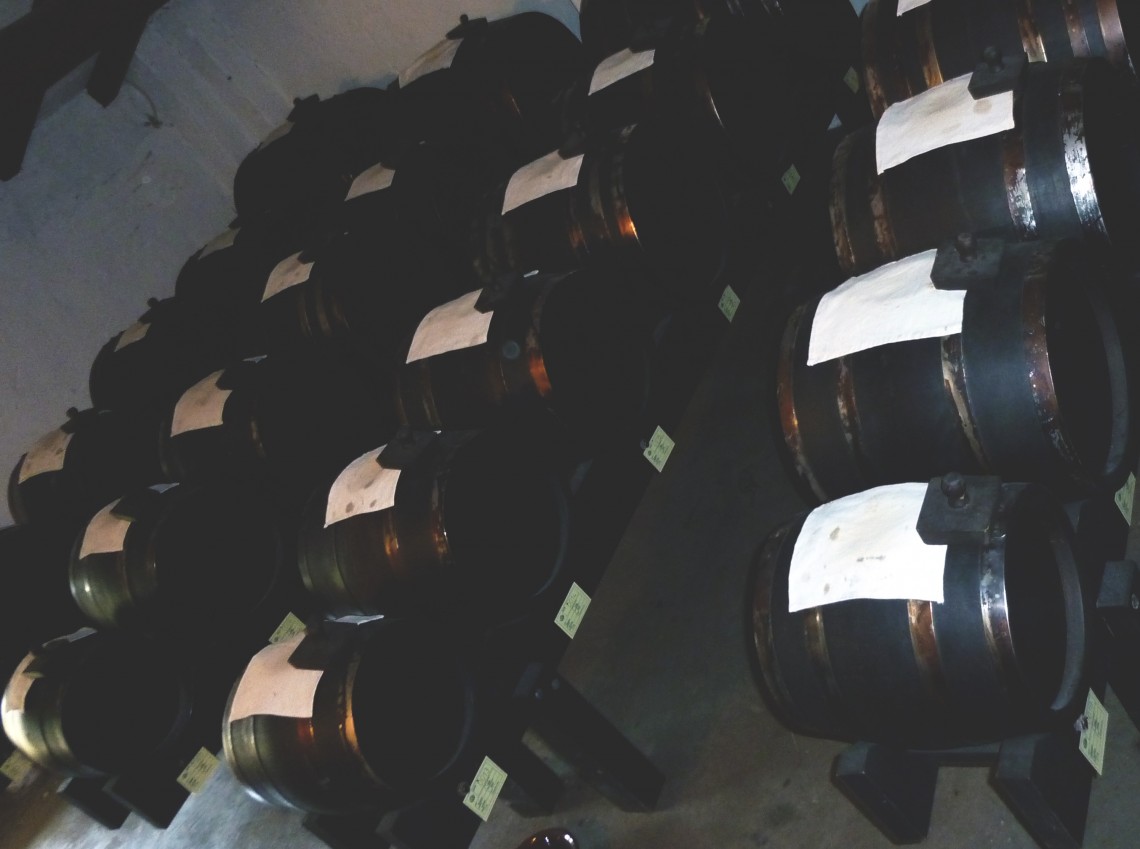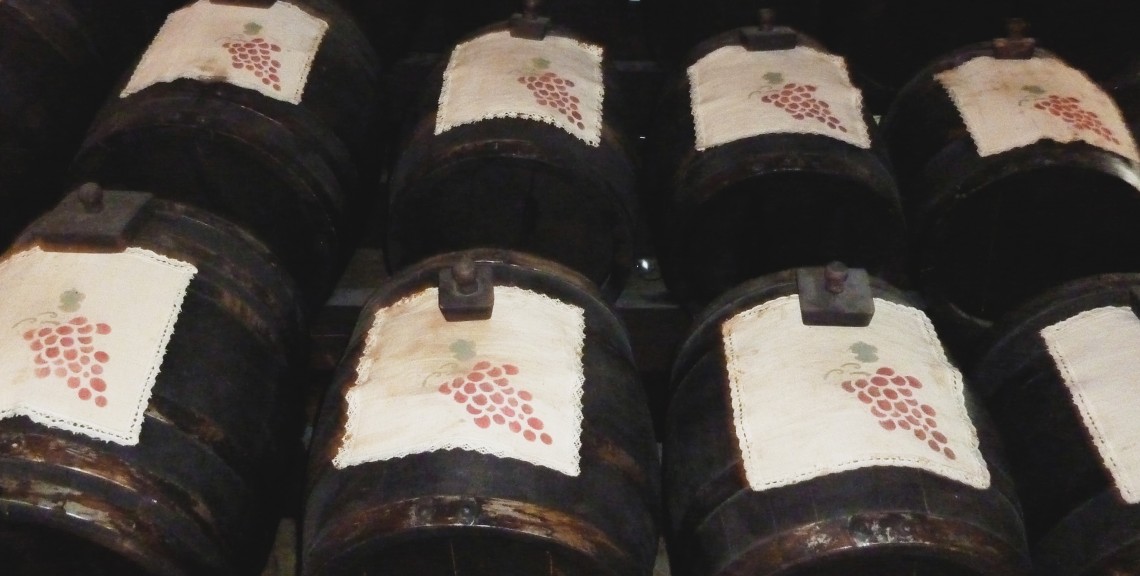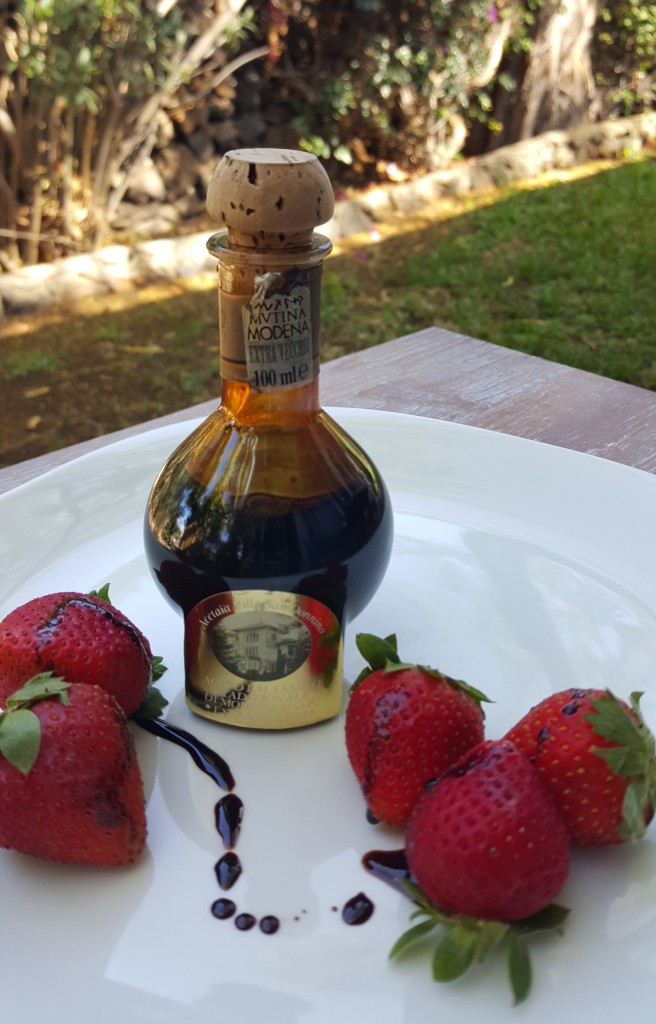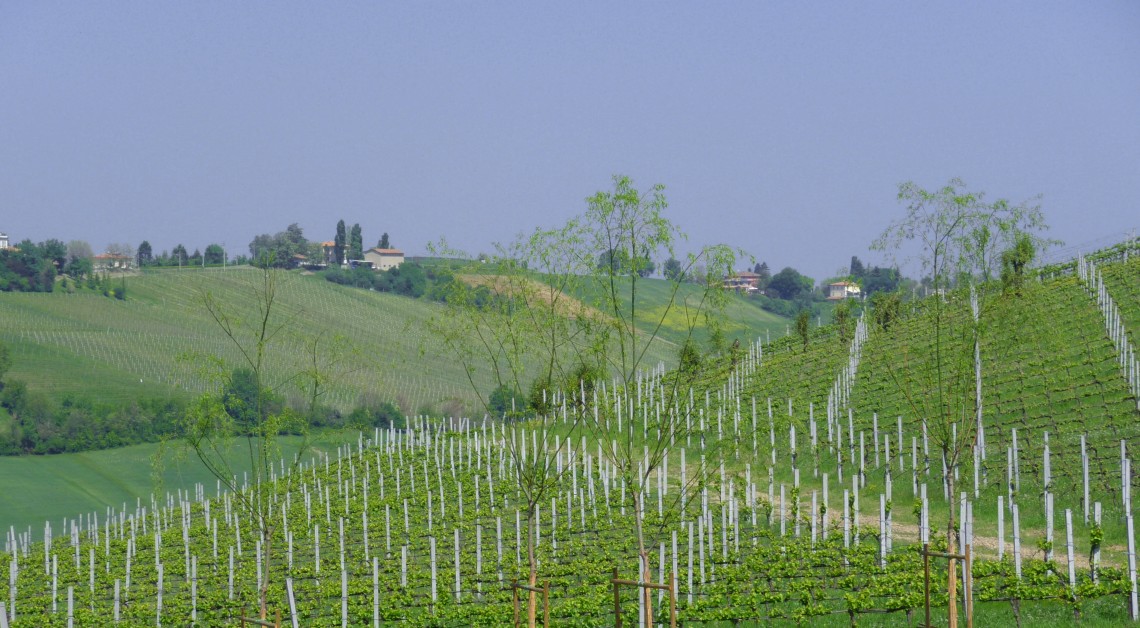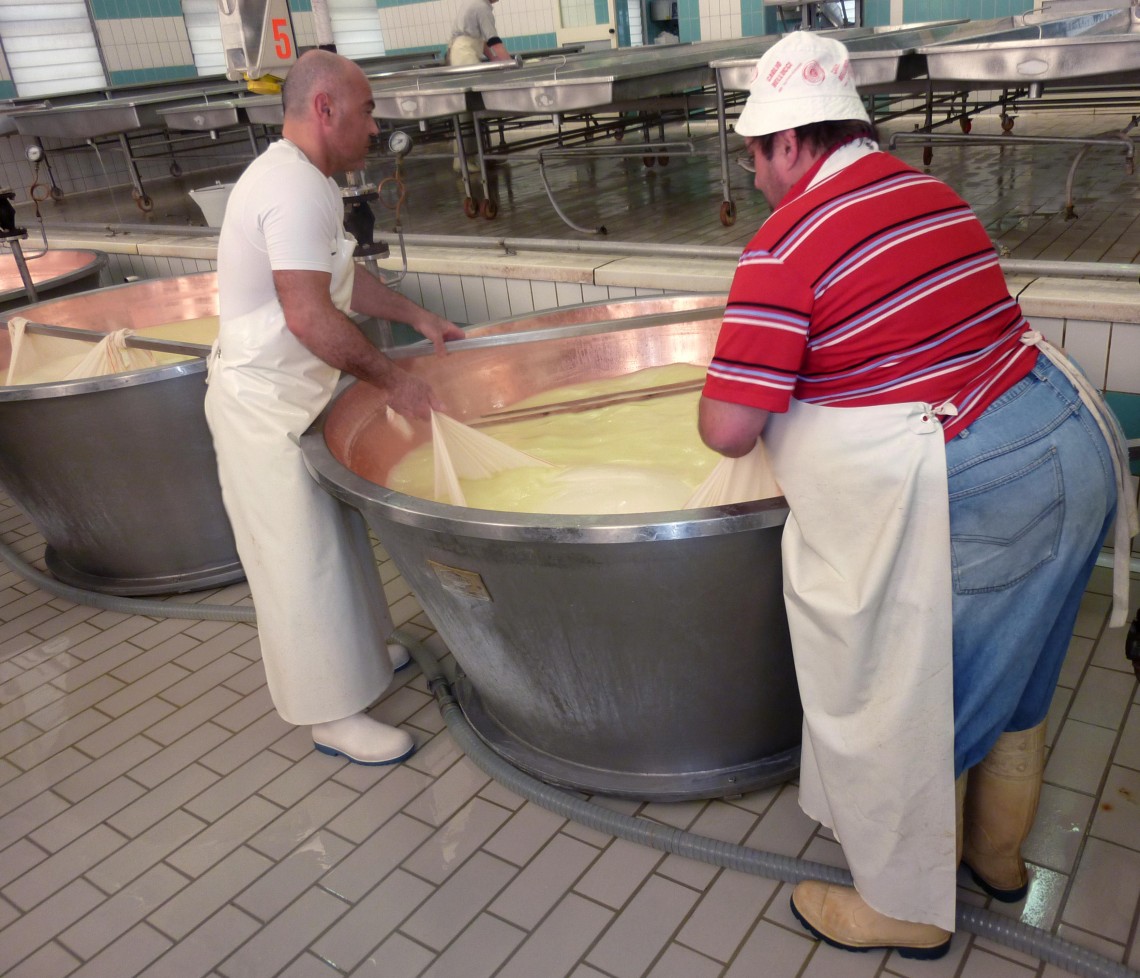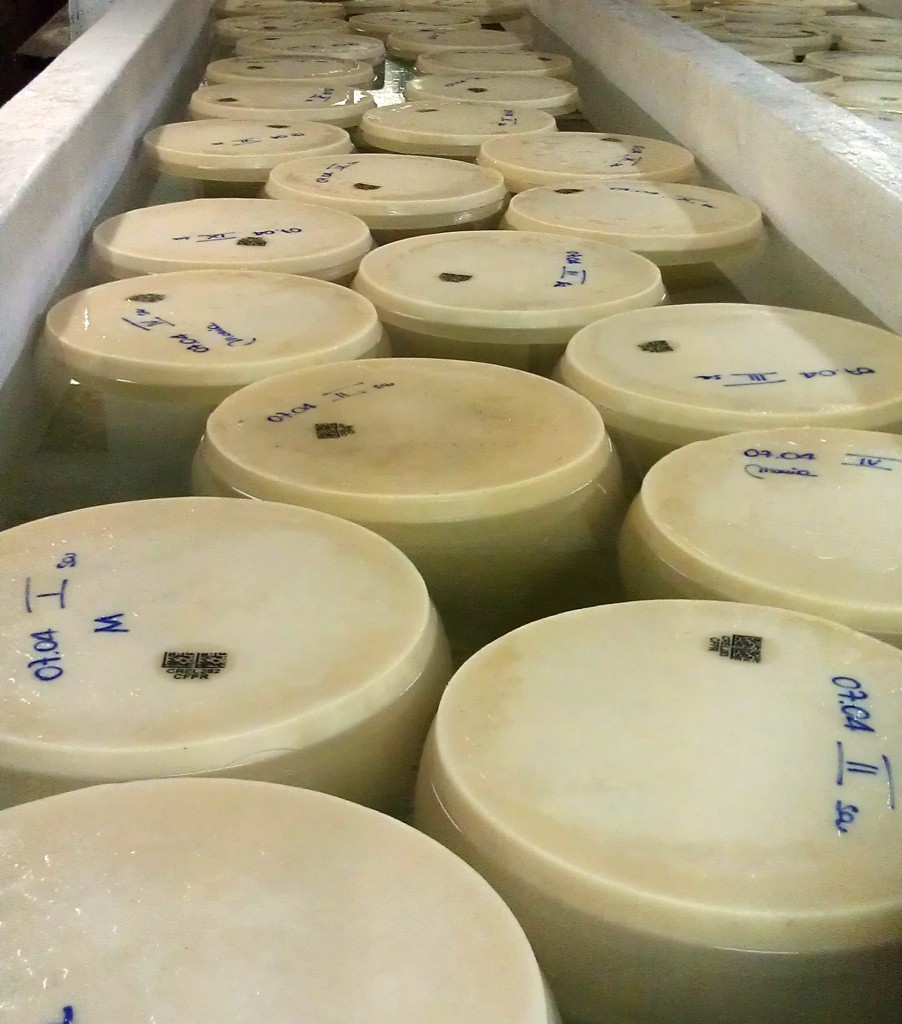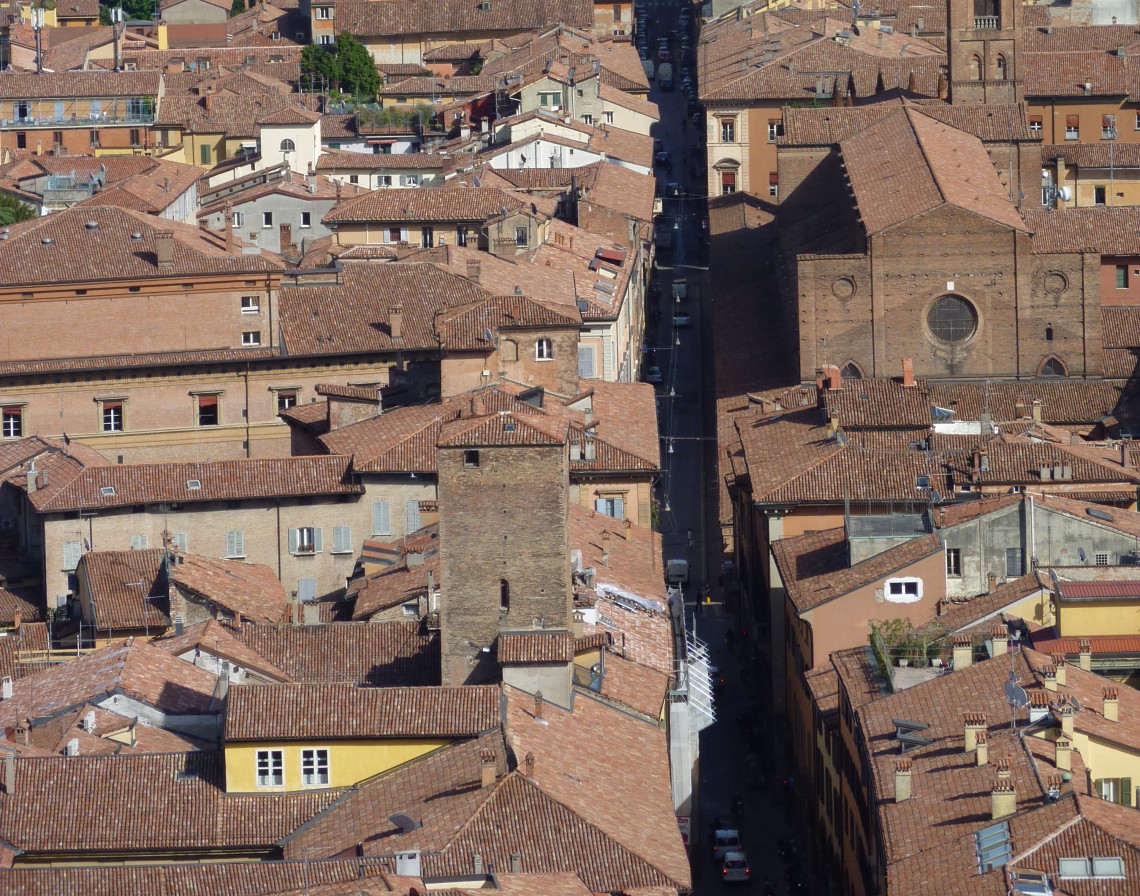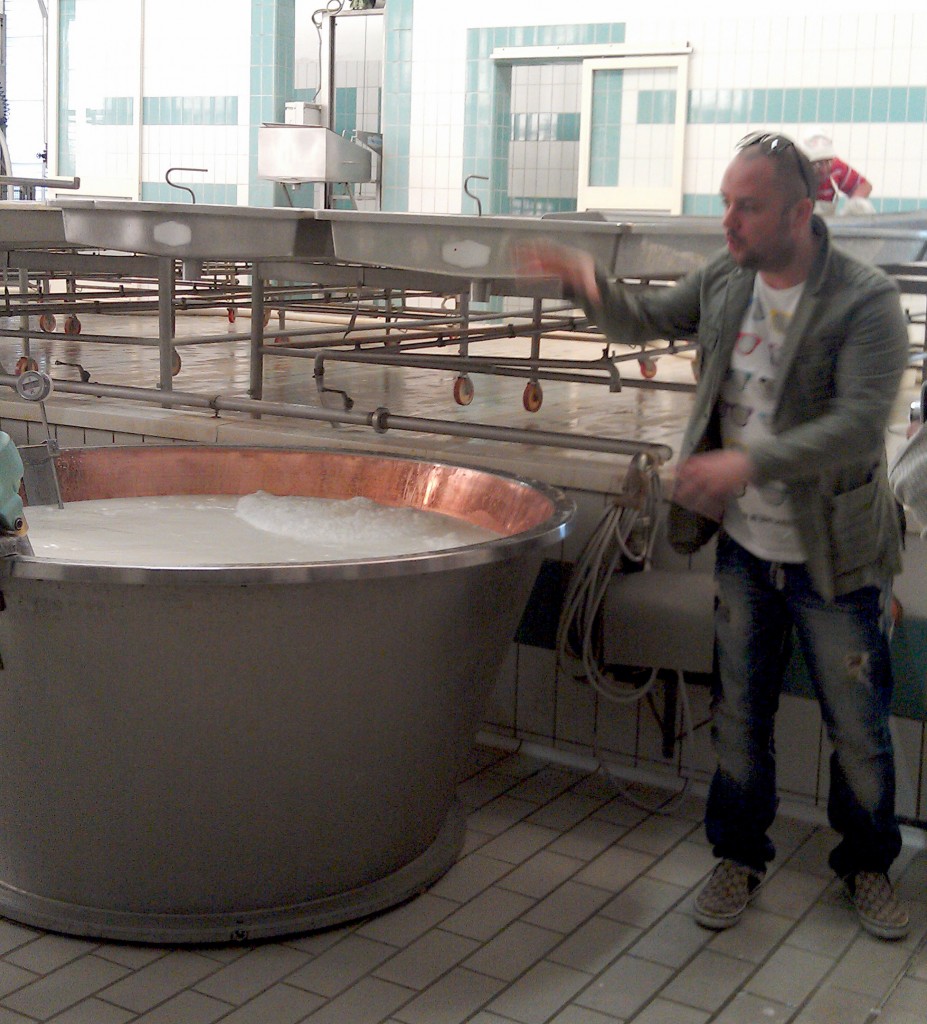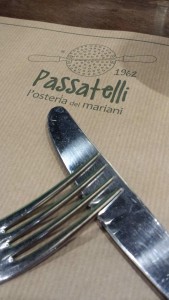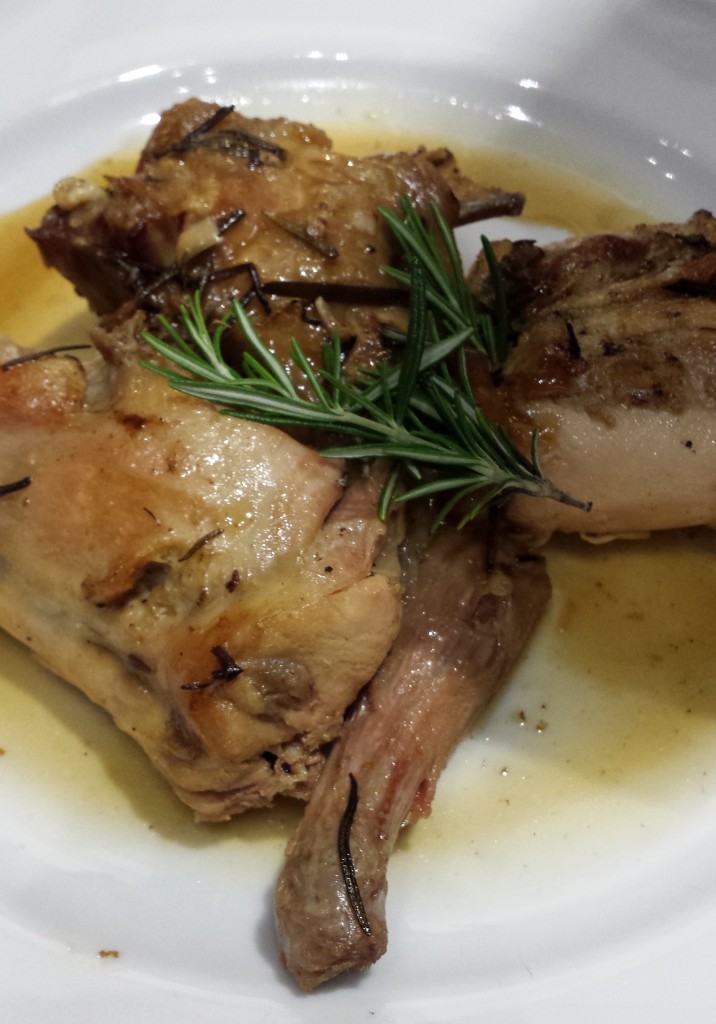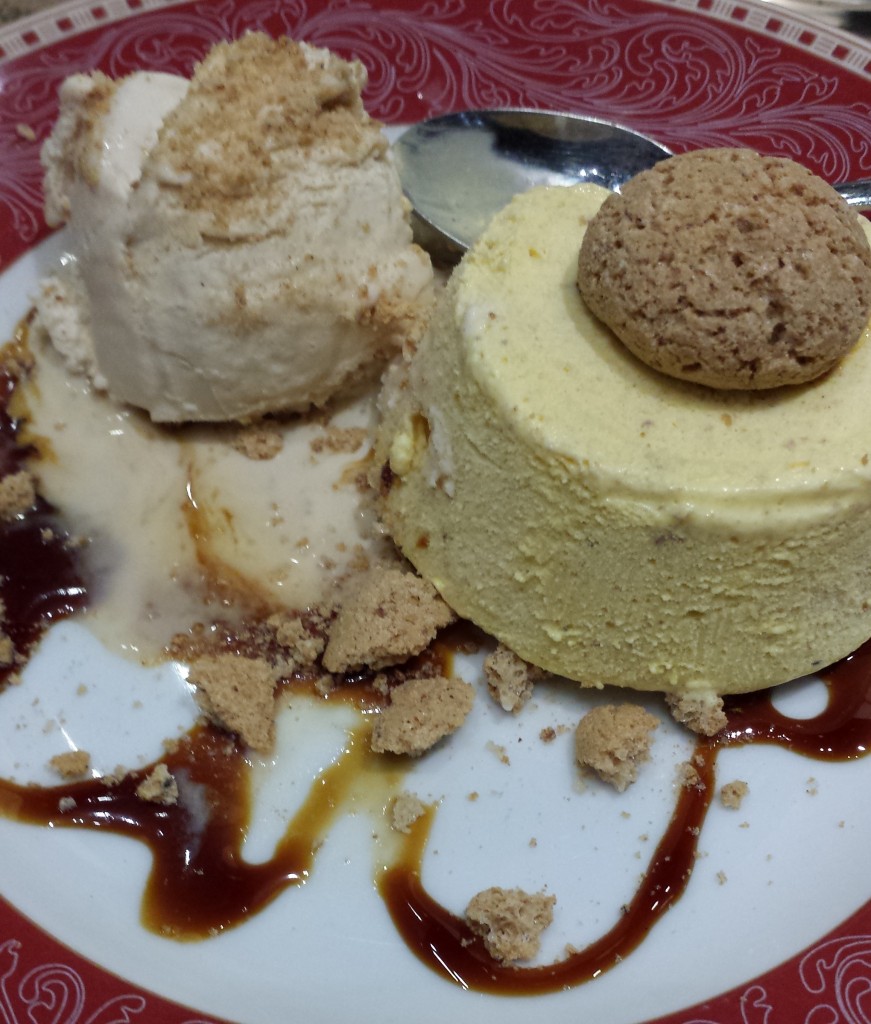
Camera delgli Incanti Monochromatic Light Sassuolo Image
The listing mentioned frescoes. Since I am always on the hunt for a good dose, we got off the bus in Sassuolo. I thought the first time I heard of the Palazzo Ducale di Sassuolo was on the map that was in my hands for the Discover Ferarri and Pavoratti Land Tour in Modena, Italy. I never expected to find a contemporary art installation in a Baroque Palace. But, this is Italy, so you never really can predict what’s on the other side of a stone fortress.
We were let off just outside the historical city center. Two enthusiastic young ladies, maybe high school age, greeted us. They were sitting on folding chairs under a pop-up tent trying to hide from the relentless sun. They had nightmarishly large textbooks open. It was early afternoon and somewhere between 100 and 110 degrees. Even under the tent, the sun hurt your eyes and skin. One girl had to relentless push her large framed glasses up from the tip of her nose. No doubt they were fast-tracked back down by droplets of sweat. They were eager to leave their posts and show us the way to the Palace. Even more eager to practice speaking English with us.
When we arrived at the Palace, the young ladies introduced us to the curator, Patrizia Silingardi. She asked if we would like a personal tour with her. Of course, we jumped at the opportunity. Patrizia said her English was not so excellent–which, of course, it was–so one of the ladies stayed to help translate while the other rushed back to the bus stop.
The thick stone walls protected us from the torments of the outside heat. We wandered through the rooms of the renovated second floor (what the Italians consider the first). Patrizia explained to us the meaning behind every one of the floor-to-ceiling frescoes. Not an inch uncovered in the palace’s heyday.
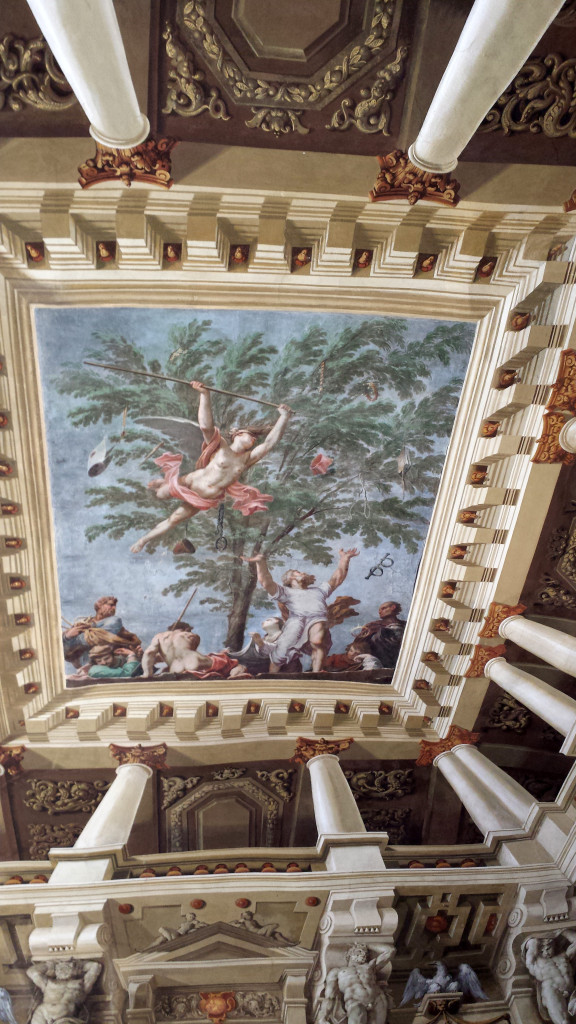
Frescoes at the Sassuolo Palace in Italy
Sassuolo Palace, Contemporary Art Meets Baroque Frescos
Some frescoes were better preserved than others. The palace started as a castle and then changed hands to the powerful Este (aka Estense) family. They transformed it into the structure present today. This family ruled many of the cities throughout Emilia-Romagna for a few centuries and were the big daddy patrons of the arts in the region.
When we reached the Salone delle Guardie, I recalled learning of the palace in one of the many art history courses that I have taken over the years. Tromp l’oeil painted by Angelo Michele Colonna tricks the eye into believing the columns are marble and musicians fill the stone balconies above. The tapestry drapes hang with heaviness, and the infantry is in the distance through the painted windows. The information Patrizia provided was outstanding. Then we turned the corner.
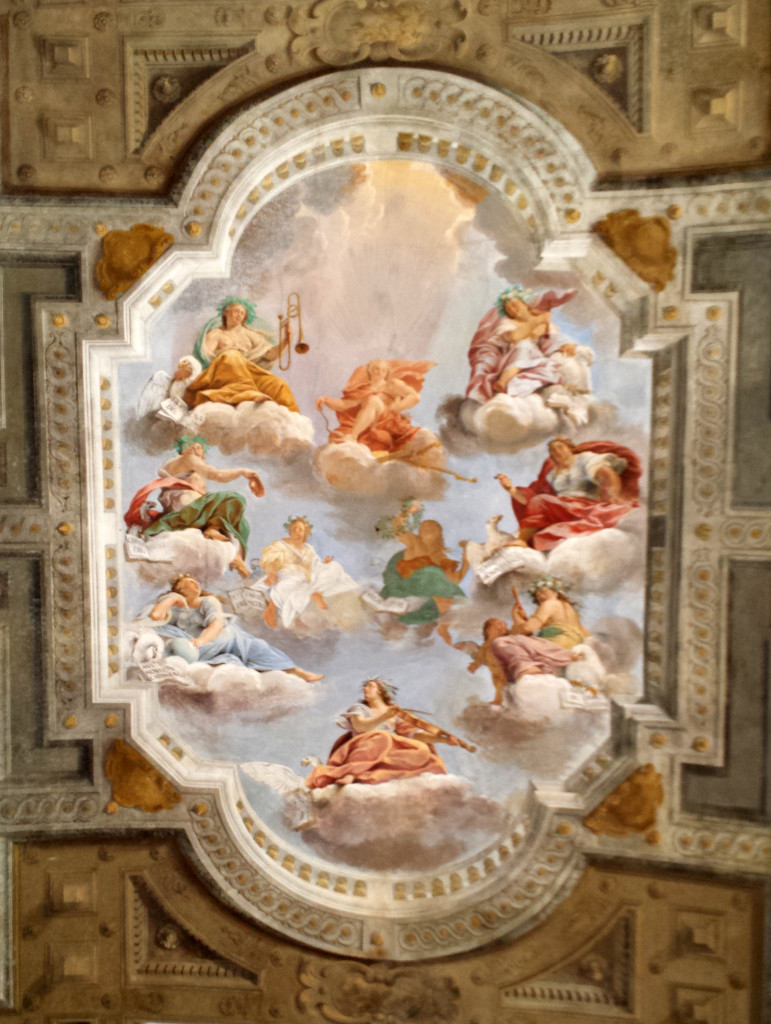
Salone delle Guardie frescoes by Angelo Michele Colonna
We entered the Camera degli Incanti, and my heart stood still. The baroque interior contained all the glitz and glamour one would expect — carved and gold leafed trim work, decorative garlands held up over the doorway by putti smiling down, and a variety of marbles patterned on the floor in a way that created an optical illusion. The room filled with natural light.
And the color blue.
It moved blue from the pale to deep, to purple, to green, and every variation in the color spectrum. The exhibition is titled Monochromatic Light.
On each wall firmly stood the moldings that once boxed in the family’s paintings. Now they were home to canvases of various hues of blue created by American and European artists: Winston Roeth, Anne Appleby, Timothy Litzman, Lawrence Carroll, David Simpson, Phil Sims, and Ettore Spalletti. If I recall correctly, the panels illustrated the various tones of blue light you see as the sun enters the space, moves throughout the day, and finally sets. Each panel was different, and they all worked independently and as a whole installation together.
The overall impact created a sense of sunrise to sunset in each space.
The boxes acted as windows framing the sky. As I stood in the center of each room, I faced a pale and subtle blue that worked up to a bright and bold blue, and as I slowly turned around, the deepest and darkest blues enveloped me. I felt the sky changing around me.
The power of the space evoked so many beautiful feelings. I have always been fond of contemporary art that responds to traditional architecture. Our tour with the curator was the icing on the cake. If you understand Italian, this link to a brochure will tell you more show you a few better photos of the palace.
